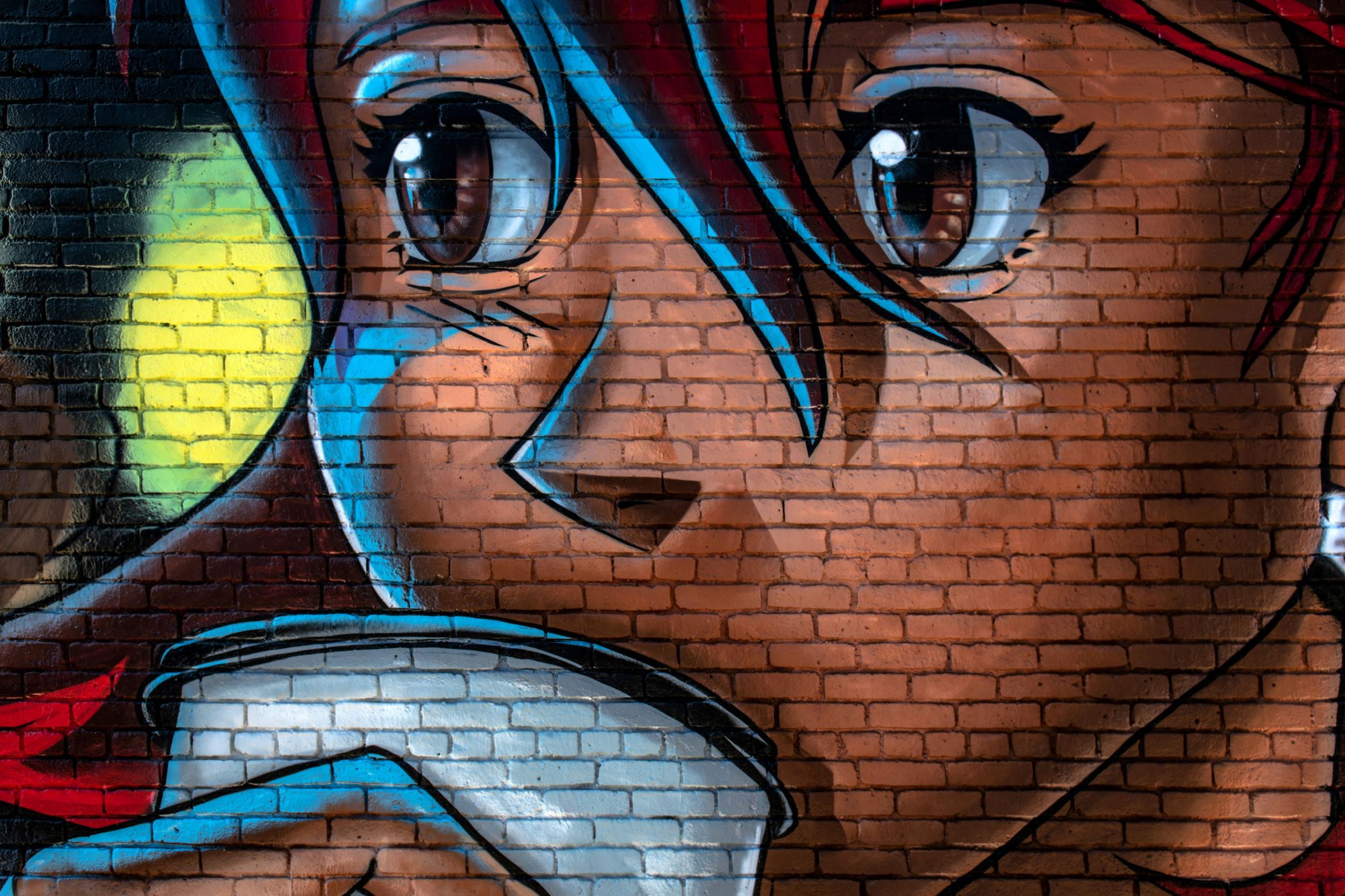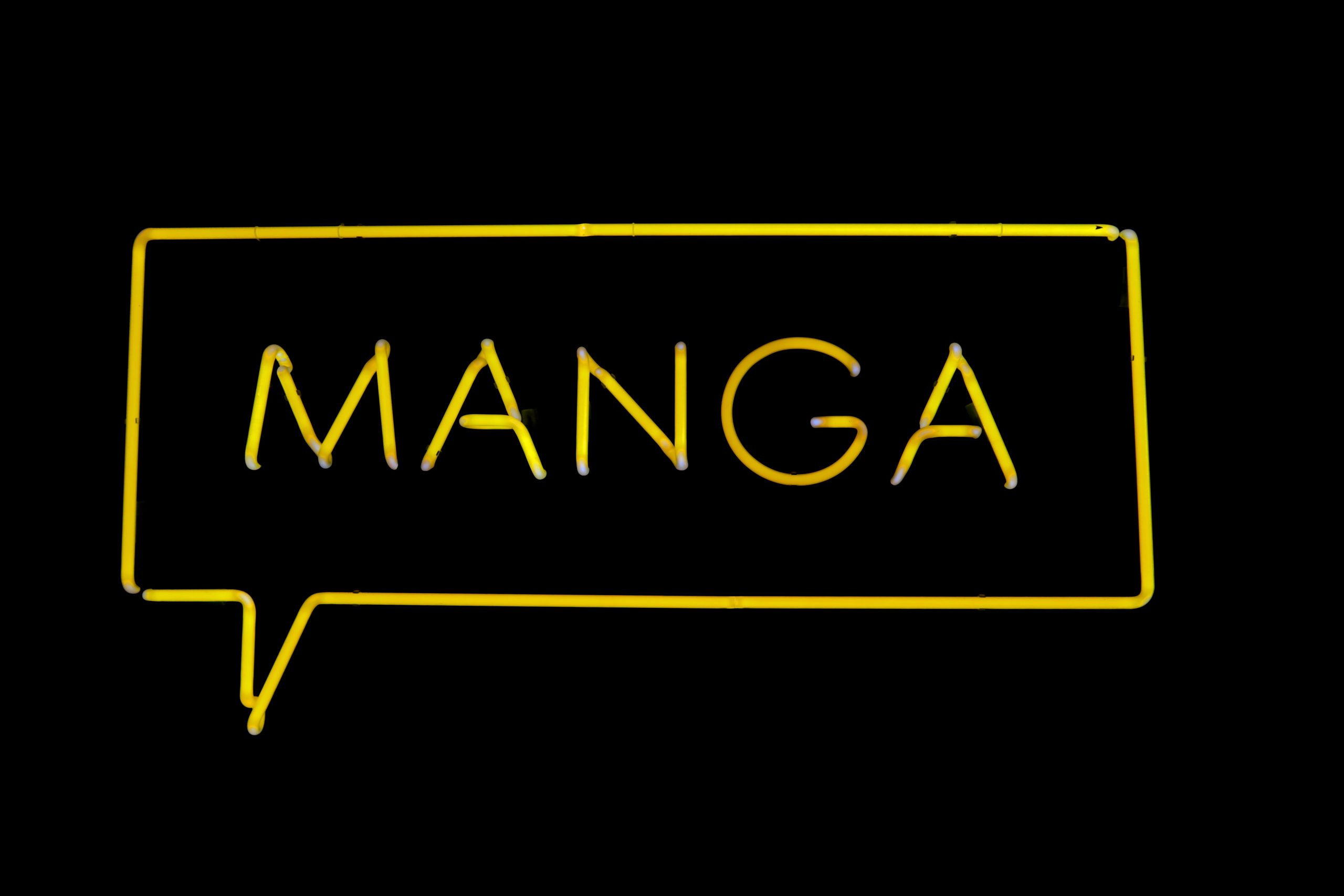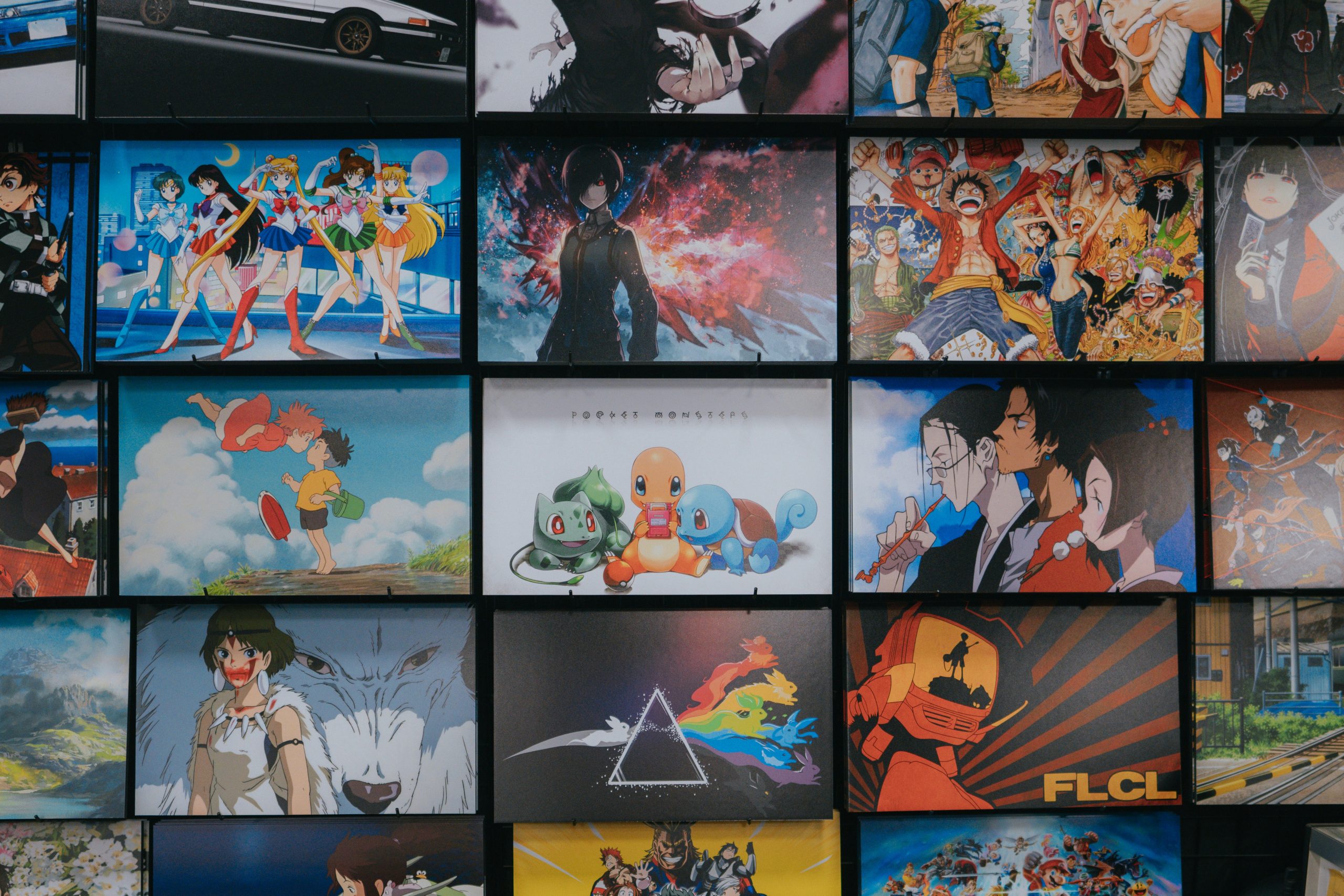In the ever-evolving landscape of online manga and webtoon platforms, few names sparked as much enthusiasm as Toonily. With its user-friendly interface and an extensive library of titles that catered to fans both new and seasoned, it quickly became a go-to haven for comic enthusiasts seeking their next binge-worthy series. But like a plot twist in a gripping narrative, Toonily’s journey took an unexpected turn that left many wondering: what happened to this beloved platform?
As whispers began to circulate about its sudden decline, loyal users found themselves grappling with questions that went beyond mere speculation. What factors contributed to its downfall? Was it competition from emerging alternatives or perhaps internal decisions that altered its trajectory? Through a deep dive into the events surrounding Toonily’s fate, we unravel the complexities behind this intriguing saga—one that reflects not just on the platform itself but also on the broader trends shaping digital content consumption today. Join us as we explore how Toonily rose to prominence and ultimately faced the challenges that led to its uncertain future.
The Rise of Toonily
Toonily emerged as a revolutionary platform in the realm of webtoons, captivating enthusiasts with its blend of accessibility and user-friendly design. Unlike traditional manga sites, Toonily offered an expansive library that allowed readers to dive into a rich tapestry of genres and stories from both established and emerging creators. This democratization of content transformed the reading experience; fans no longer needed to sift through bounded publishers or language barriers, fostering a global community united by their passion for visual storytelling.
Moreover, Toonily tapped into trends where digital consumption skyrocketed. As more readers turned to online platforms for entertainment—especially during lockdowns—they found themselves gravitating towards services that provided not just quality narratives but also an interactive space for discussion and community engagement. The platform’s integration of user feedback influenced its content curation, allowing it to evolve alongside reader preferences continually.
However, with great popularity comes scrutiny. As copyright issues loom large over many fan-driven platforms, Toonily’s rise raised questions about sustainability in the face of potential legal repercussions. Navigating these challenges while maintaining its extensive catalog will be crucial for Toonily’s future as it seeks to balance originality with the creative influences it thrives upon.
 Key Features That Attracted Users
Key Features That Attracted Users
One of the standout features that attracted users to Toonily was its user-friendly interface, designed with both new and experienced readers in mind. The streamlined navigation allowed users to seamlessly explore vast libraries of webtoons and manga without feeling overwhelmed. Coupled with an effective search function and personalized recommendations, it created a tailored reading experience that made discovering new titles enjoyable rather than tedious.
Additionally, the platform’s commitment to community engagement played a crucial role in fostering user loyalty. By integrating social features that enabled users to leave comments, share recommendations, and support creators, Toonily transformed solitary reading into a shared adventure. The artists themselves often interacted directly with fans through Q&A sessions or feedback opportunities, cultivating a sense of belonging within the community that many users found compelling. This blend of accessibility and interaction not only elevated reader satisfaction but also built an ecosystem where creators were encouraged to innovate—a hallmark quality rarely seen in other platforms.
Changes in Ownership or Management
The shift in ownership or management often serves as a pivotal moment for digital platforms like Toonily. With the recent changes, there are whispers in the community about how new leadership might influence content direction and user engagement. A fresh team at the helm can invigorate a platform with innovative ideas, particularly in response to evolving audience expectations. However, such transitions can also stir anxiety among loyal users who fear that their beloved features may be swept away.
Moreover, these changes can create opportunities for collaboration with independent creators who have been on the sidelines. New ownership might foster a more inclusive environment that encourages diversity in storytelling and artistic expression. As we watch this evolution unfold, it becomes essential to observe not only what is left behind but also what exciting new beginnings lie ahead. Ultimately, it’s this blend of uncertainty and promise that keeps us engaged—wondering how Toonily will redefine itself while remaining true to its core community interests.
 Recent Controversies and Challenges
Recent Controversies and Challenges
Recent controversies surrounding Toonily have sent ripples through the online community, intensifying debates over copyright and ownership in the digital age. As independent creators and fans flocked to the platform for its diverse offerings, allegations of unauthorized content posting quickly surfaced. The tension between creators’ rights and audience accessibility sparked passionate discussions among users, leading many to question whether platforms like Toonily can fairly navigate this complex landscape.
Furthermore, challenges in user engagement emerged as some long-time fans voiced their frustrations about content curation and site navigation. Changes implemented to streamline the user experience were met with mixed reactions; while some appreciated a cleaner interface, others lamented the removal of features they had come to cherish. This highlights a precarious balance that Toonily must strike—innovating without alienating their dedicated fanbase. As such controversies unfold, it remains crucial for platforms like Toonily not only to adapt but also to listen actively to their community’s feedback in order to foster a healthy environment for both creators and consumers alike.
Alternatives to Toonily
For those seeking alternatives to Toonily, several platforms offer a rich repository of webtoons and manga that can satisfy diverse tastes. One standout option is Webtoon, known for its wide array of genres, from slice-of-life dramas to fantastical adventures. It not only hosts user-generated content but also original series backed by professional creators, fostering a vibrant community around the art form. Furthermore, Webtoon’s intuitive app makes it easy for readers to immerse themselves in their favorite stories with seamless navigation and interactive features.
Another compelling choice is Tapas, which emphasizes indie creators and unique narratives that often fly under the mainstream radar. Tapas’ focus on serialized storytelling allows budding authors to showcase their work while engaging directly with readers through comments and feedback—creating a sense of community that’s hard to replicate elsewhere. For those who enjoy more traditional manga formats, MangaPlus provides an extensive library of popular titles from major publishers like Shueisha, ensuring that fans stay connected with beloved series while also discovering new ones.
Lastly, Crunchyroll Manga serves anime aficionados well by blending anime streaming with access to comic interpretations of hit shows. While smaller than its counterparts in terms of library size, it offers exclusive releases and timely updates alongside other anime-related content—turning it into a one-stop shop for fans craving both animated adaptations and their source material in comic form. With these platforms in play, readers have plenty of avenues to explore fresh tales beyond Toonily’s catalogue.
 Conclusion
Conclusion
In conclusion, the fate of Toonily serves as a poignant reminder of the fragile balance between creative expression and copyright law. As digital platforms evolve, so too must our understanding of how to support creators while providing audiences access to diverse content. The rise and fall of sites like Toonily highlight a critical juncture in online media where community engagement faces off against regulatory pressures.
Looking ahead, there’s an undeniable need for innovative solutions that protect intellectual property while fostering collaborative environments for fans and artists alike. Platforms are beginning to explore hybrid models that allow users to contribute directly through supported channels—this could mark a new era for webcomics where sustainable business practices coexist with passionate fanbases. As we navigate this ever-changing landscape, those who champion both creativity and legality will shape the future narratives we consume, ensuring that stories continue to thrive in their many forms.



